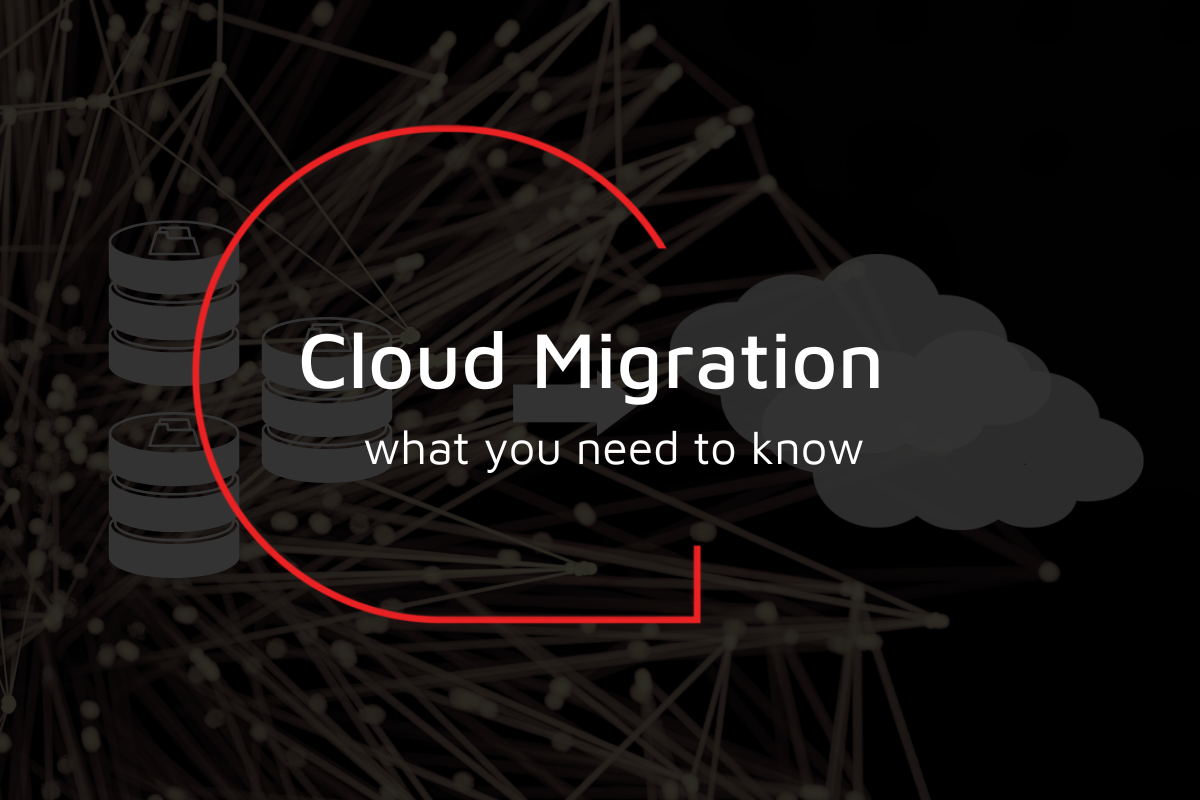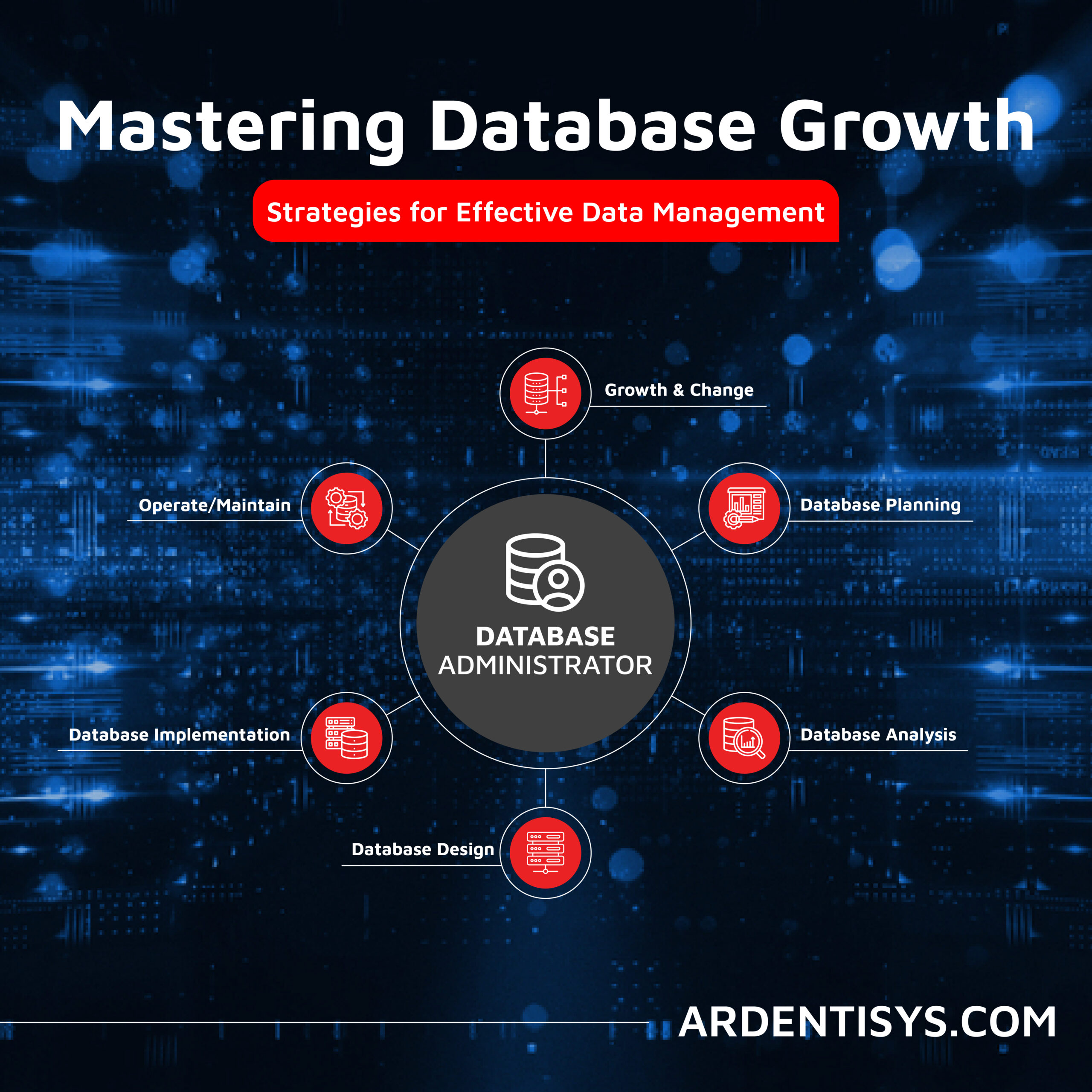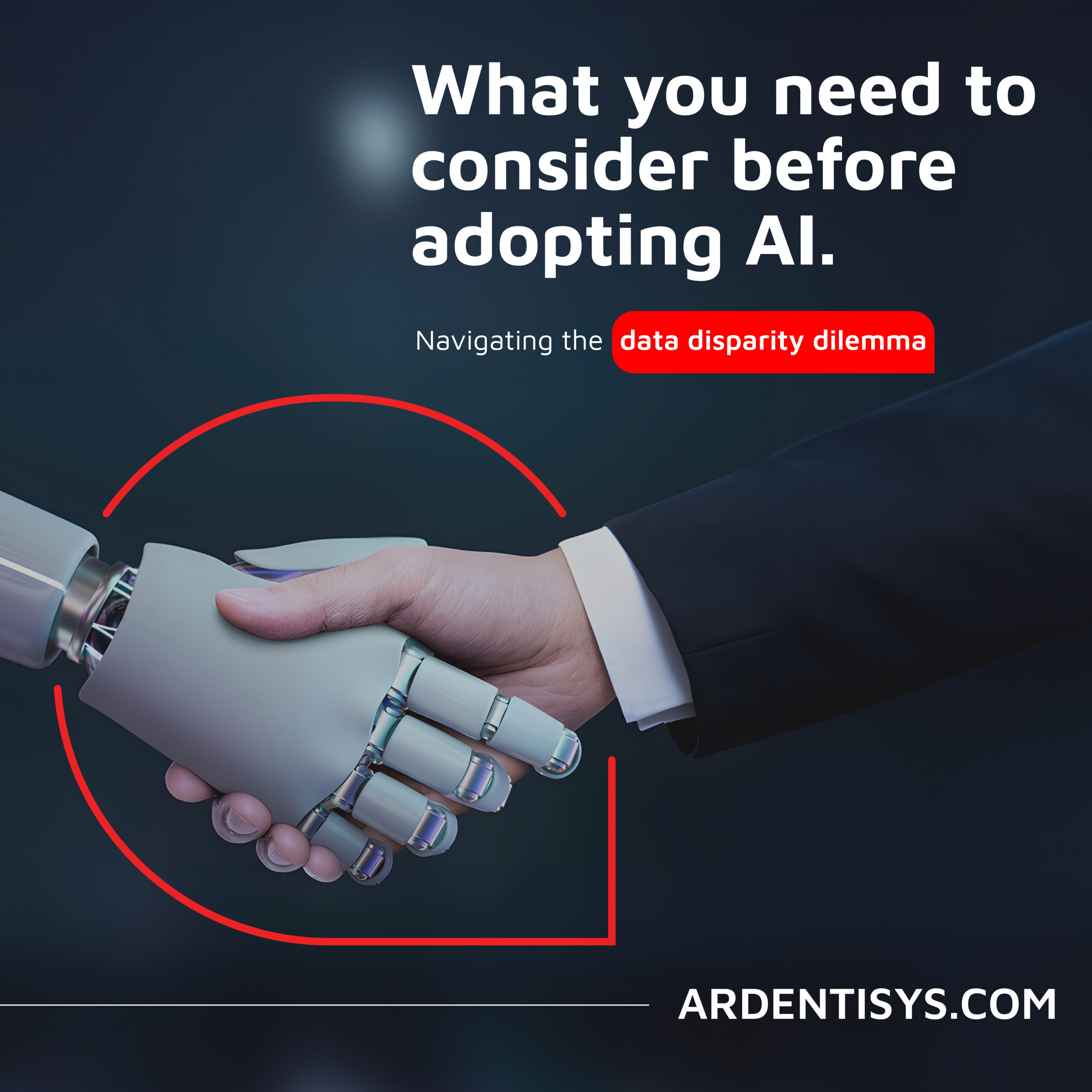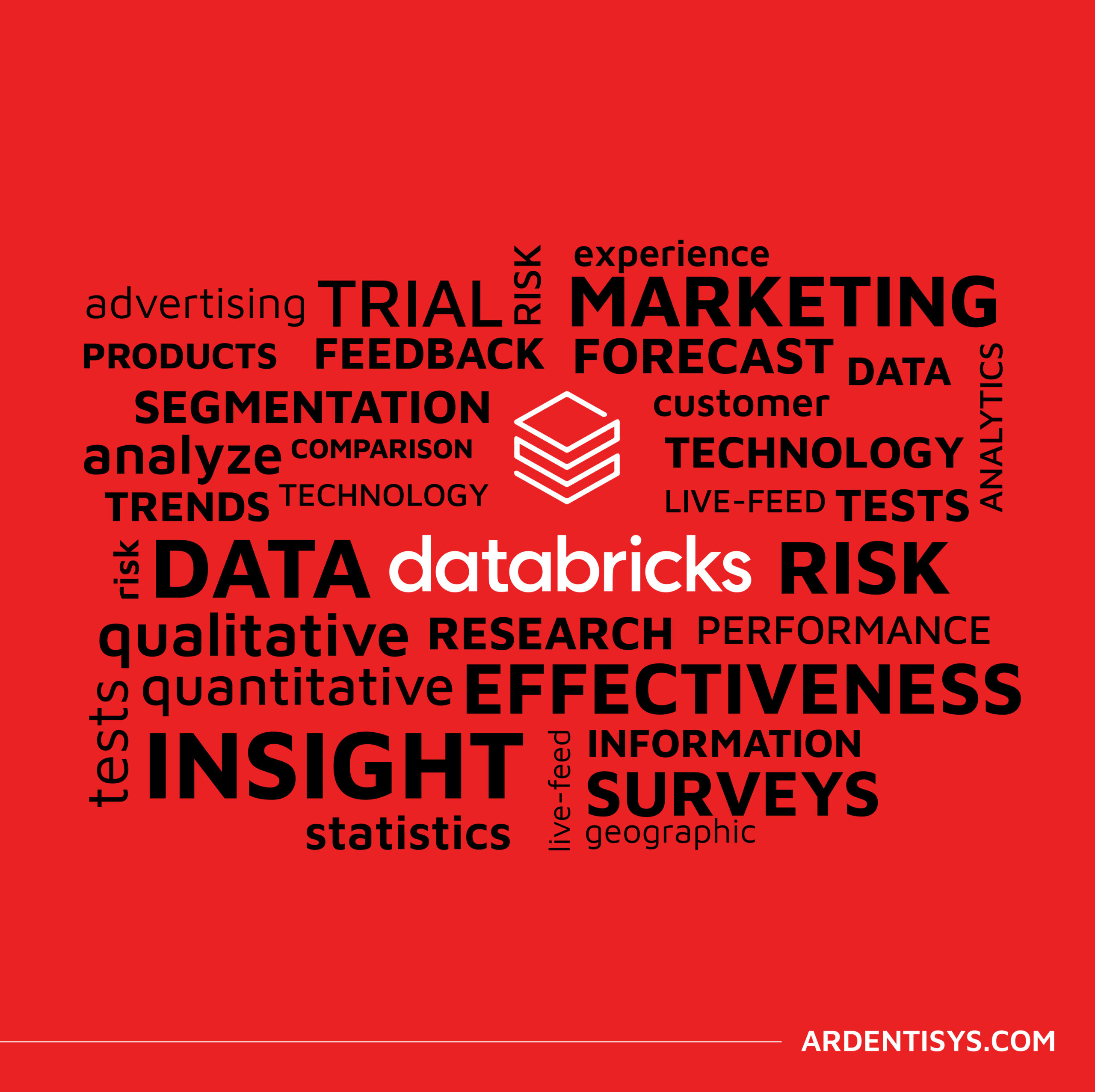Cloud migration – what you need to know
2 February 2023 | Noor Khan

As highlighted by Zippa, around 94% of enterprises are using cloud services in 2022, with it becoming an essential component of a great data strategy. It can help businesses become more agile, remain competitive and significantly cut costs. Organizations that are hesitant to adopt a cloud strategy may find it challenging to compete with competitors that are leveraging the power of the cloud for their growth.
In this article, we will look at cloud migration, what you need to know and how to get started to reap the unmatched benefits on offer.
What is cloud migration?
Cloud migration is the process of moving a company's data, applications and digital assets to the cloud, either entirely or partially. There are multiple types of cloud migrations which include, migrating from one cloud vendor to another (e.g. AWS to Azure), and moving data from local on-premise servers as part of a legacy infrastructure to the cloud. It can be a lengthy, costly and challenging process depending on the size and volume of data at hand. However, with the right preparations in place, it can be worth it for the benefits on offer.
What are the benefits of cloud migration?
In today's fast-evolving world, the cloud offers invaluable benefits which legacy systems can no longer compete with. Here are the key benefits of cloud migration that are the reasons for the vast majority of organisations adopting the cloud.
Reduced costs
Migrating to the cloud can help businesses save costs in many ways including:
- Storage – with most cloud services offering a pay-as-you-use model, businesses can save costs without having to spend on expensive hardware.
- Improved productivity – Cloud solutions are high performing and can help improve productivity with faster processing speeds and data turnaround.
- Maintenance and upgrades – The cloud vendors will handle the maintenance and upgrades which can be costly, therefore businesses can also save on those costs.
Agile approach
The cloud enables organisations to adapt and react quickly to the evolving market and expectations. Being agile is a competitive advantage and this is something the cloud can offer with real-time data processing and reporting capabilities.
Performance
Legacy systems can become outdated, especially when the volume of data increases and this can result in slow performance. Cloud solutions can process and store large volumes of data without compromising performance and speed.
Security
Many organisations may be hesitant to adopt the cloud as part of their data strategy due to security concerns. However, cloud solutions providers such as Microsoft and AWS, invest significantly in ensuring robust security measures and industry best practices where data security is concerned. An alternative to moving all data to the cloud is, to move less sensitive data to the cloud and highly sensitive data on-premise as part of a hybrid cloud solution.
Flexibility
With the cloud, data is accessible from anywhere as long there is an internet connection, this offers greater flexibility to businesses and end users. This can enable businesses to offer remote working to their staff, expand their presence in other geographical territories and provide a better experience to their clients.
Scalability
Scalability is one of the greatest benefits that cloud solutions offer as businesses can scale up and scale down in line with their business requirements, without having to invest heavily in hardware and software to effectively deal with upturns.
What are the challenges of cloud migration?
Migrating to the cloud is something that all businesses should consider, however, there are some challenges which may arise.
- Complex data infrastructure – Moving your data from a complex data infrastructure can become a challenge if you are trying to replicate this in the cloud.
- The data – If you are migrating large volumes of data, that are varied in its format, it can present a challenge in moving the entire data set quickly.
- Long process – Migrating your data in its entirety may be a long process, therefore you might approach this with a batch strategy where you migrate your data in phases.
- Finding the required skills – Data migration is a process that requires expert skills, therefore you will need to find the right data engineering professional to do this, whether you do this in-house or outsource it.
How to get started with migrating to the cloud?
If the benefits of a successful cloud migration seem too good to pass up, then here is how you get started.
In-house or outsourced data migration
This may be a no-brainer if you do not have an existing data engineering team in place in-house. However, if you do have the right team, then it would make financial sense to do it in-house if you have enough time and resources to dedicate to the project.
If you are looking to outsource your data migration, then ensuring you work with the right company is essential to its success of it. Some factors to consider are their processes in place, the skills and expertise they will provide, the technologies leveraged in the project, their business culture, their communication model, relevant experience and their success record.
Planning is key
Many businesses make the process of migrating data more challenging than it needs to be by not having a detailed, in-depth plan in place. Having a plan is key, here are some components your data migration plan should highlight:
- Goals and objectives
- Chosen data migration strategy
- Technologies, tools and software required
- A detailed risk assessment to highlight risks and actions to mitigate those risks
- The budget allocated to the project
- Timeline of the entire project
- Testing measures in place
Ardent cloud migration services
Ardent has been providing data migration solutions to a wide variety of clients for over a decade. Whether you are looking to migrate your data from on-premise servers to the cloud or from one cloud solution to another, we can help. Get in touch to find out more on how we can help ensure your data migration is a success or explore our clients winning with Ardent data engineering services:
Ensuring efficient, automated data processing with a highly sophisticated data indexing tool
Ardent Insights

Overcoming Data Administration Challenges and Strategies for Effective Data Management
Businesses face significant challenges to continuously manage and optimise their databases, extract valuable information from them, and then to share and report the insights gained from ongoing analysis of the data. As data continues to grow exponentially, they must address key issues to unlock the full potential of their data asset across the whole business. [...]

Are you considering AI adoption? We summarise our learnings, do’s and don’ts from our engagements with leading clients.
How Ardent can help you prepare your data for AI success Data is at the core of any business striving to adopt AI. It has become the lifeblood of enterprises, powering insights and innovations that drive better decision making and competitive advantages. As the amount of data generated proliferates across many sectors, the allure of [...]

Why the Market Research sector is taking note of Databricks Data Lakehouse.
Overcoming Market Research Challenges For Market Research agencies, Organisations and Brands exploring insights across markets and customers, the traditional research model of bidding for a blend of large-scale qualitative and quantitative data collection processes is losing appeal to a more value-driven, granular, real-time targeted approach to understanding consumer behaviour, more regular insights engagement and more [...]






